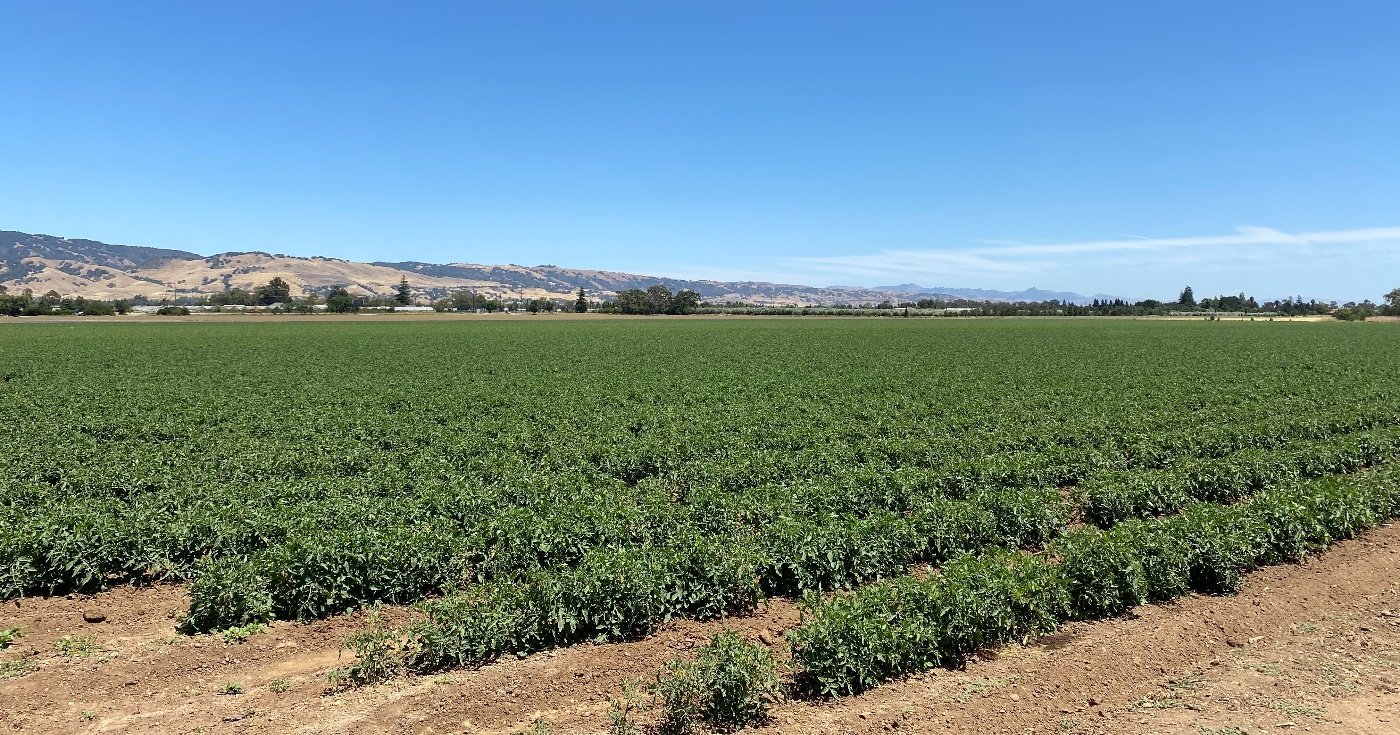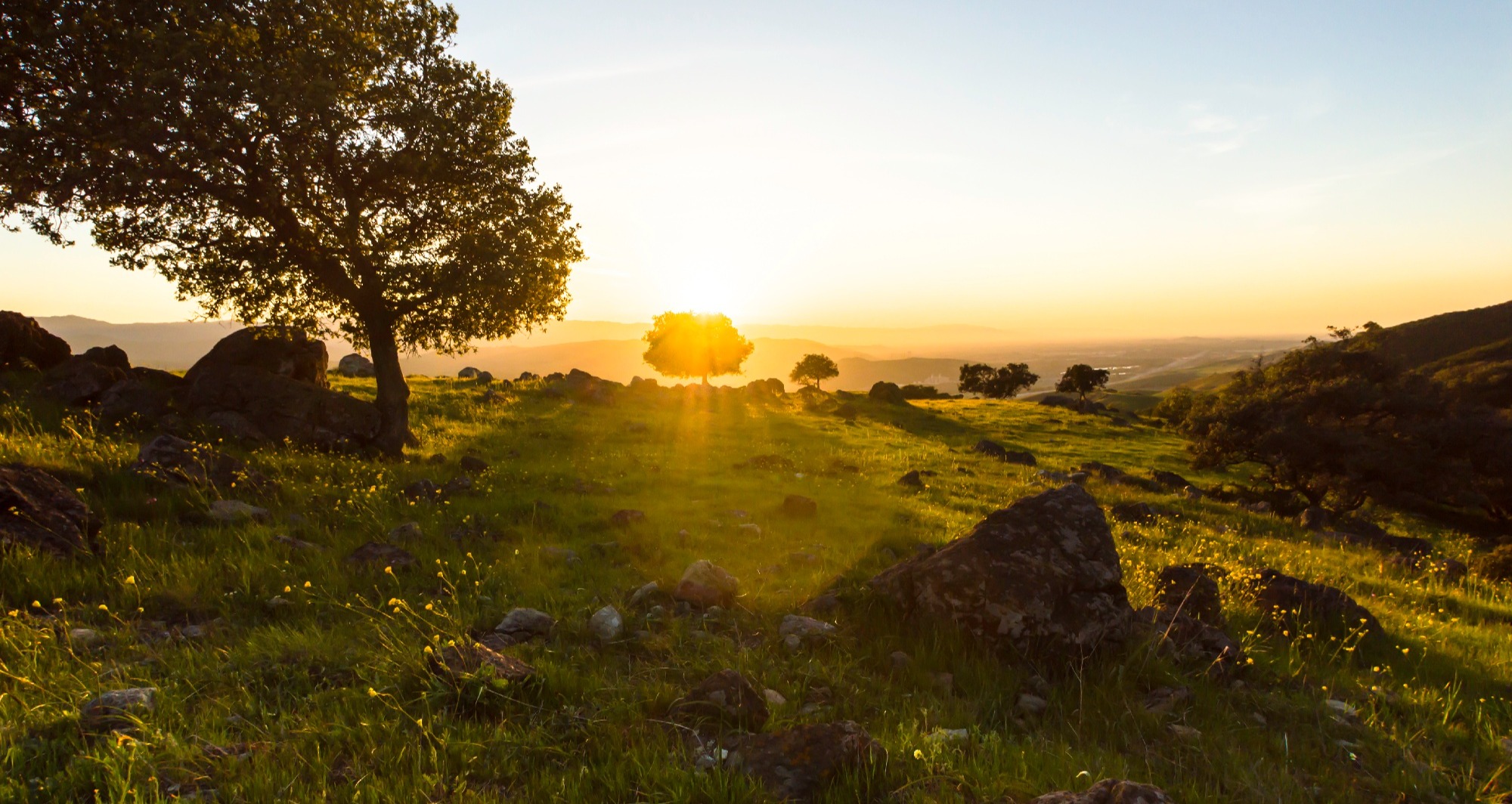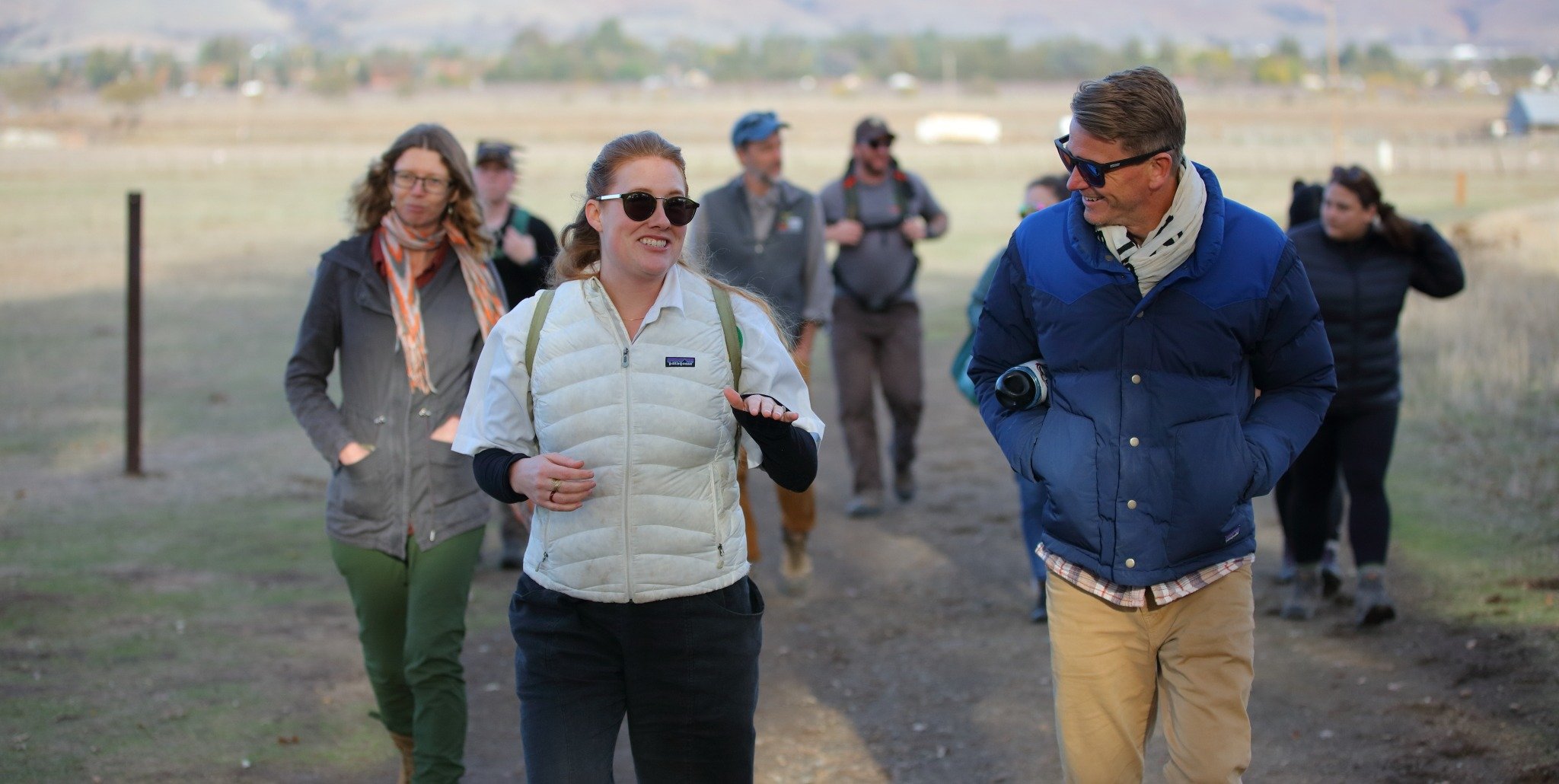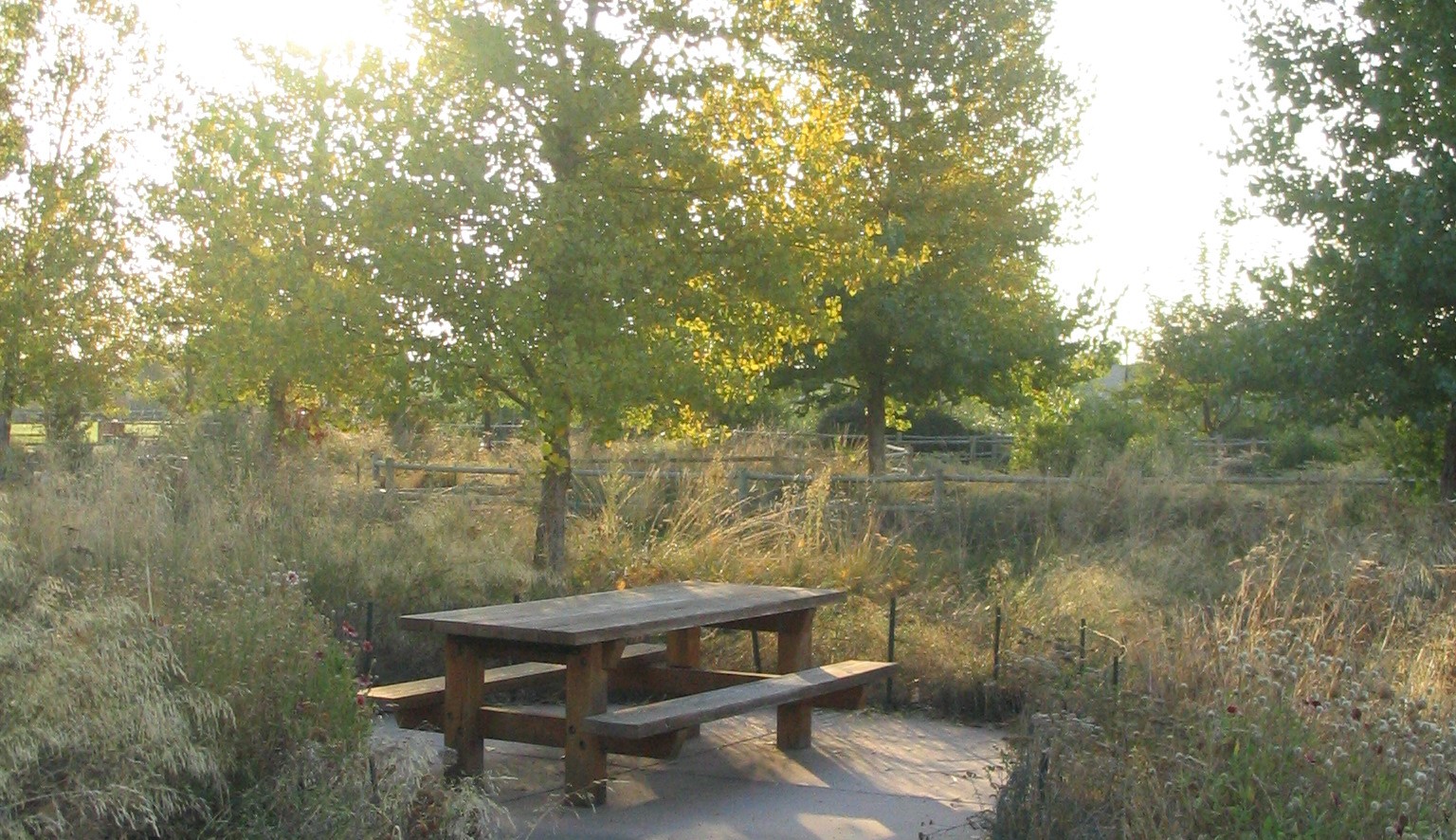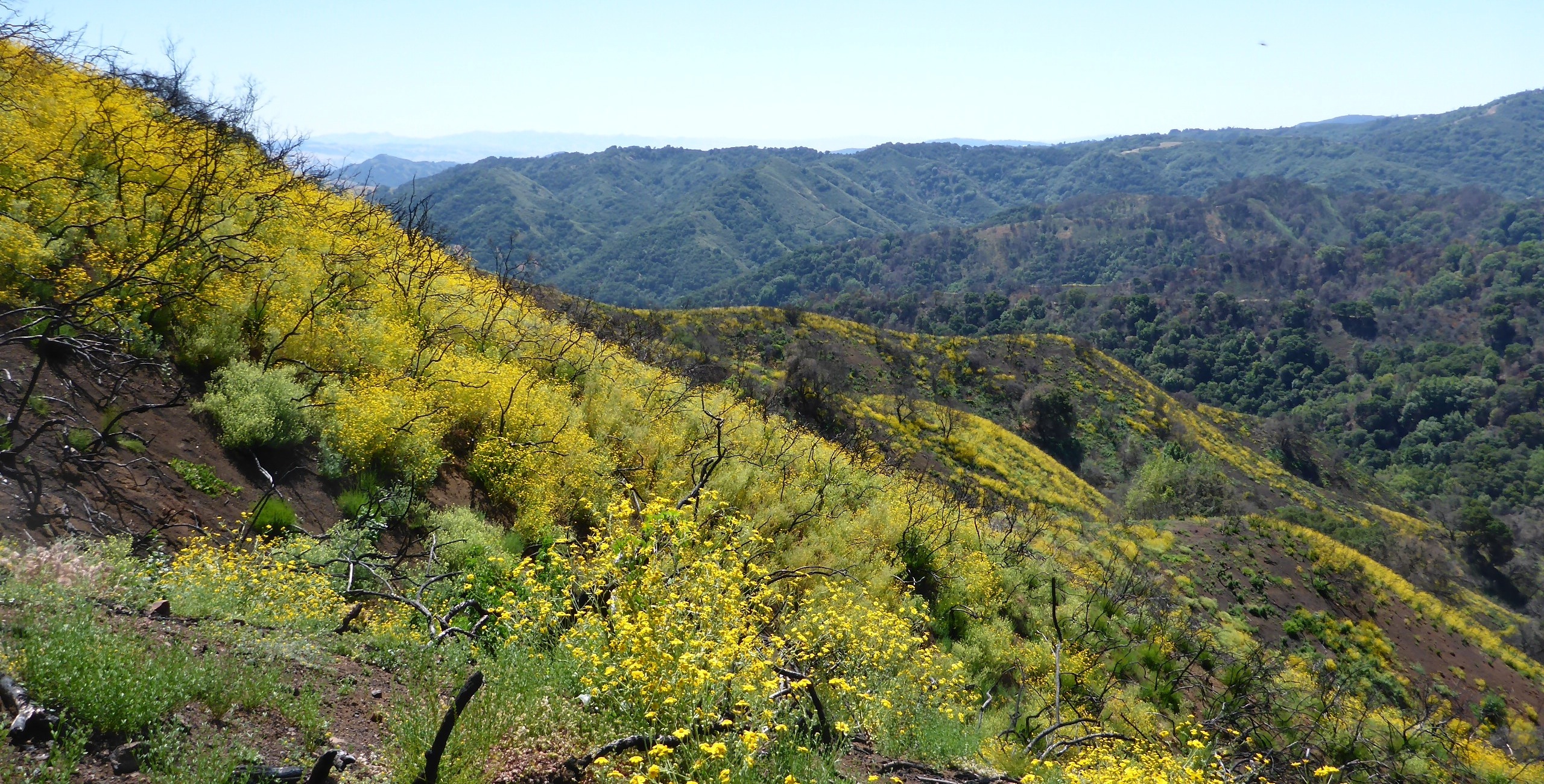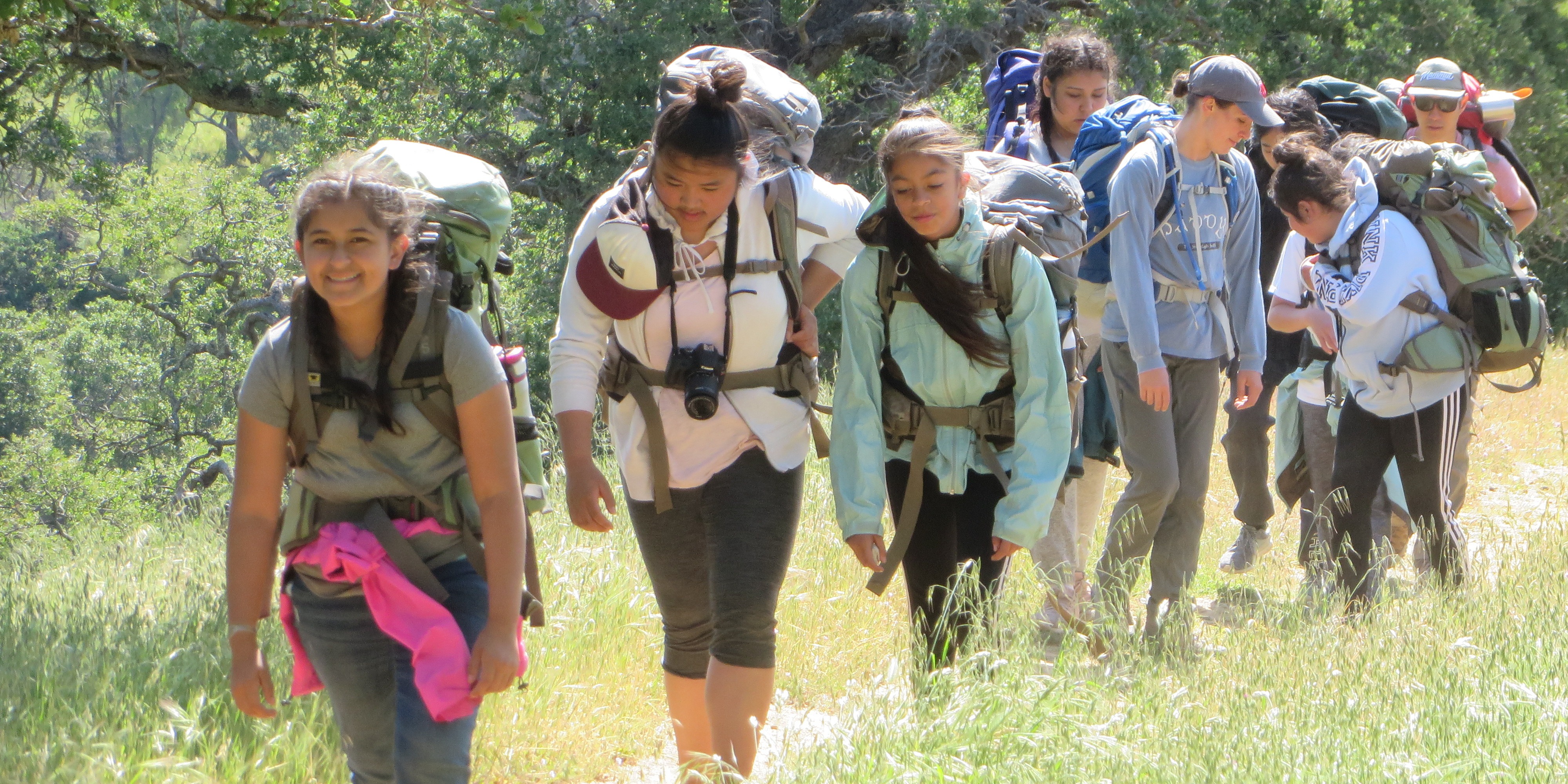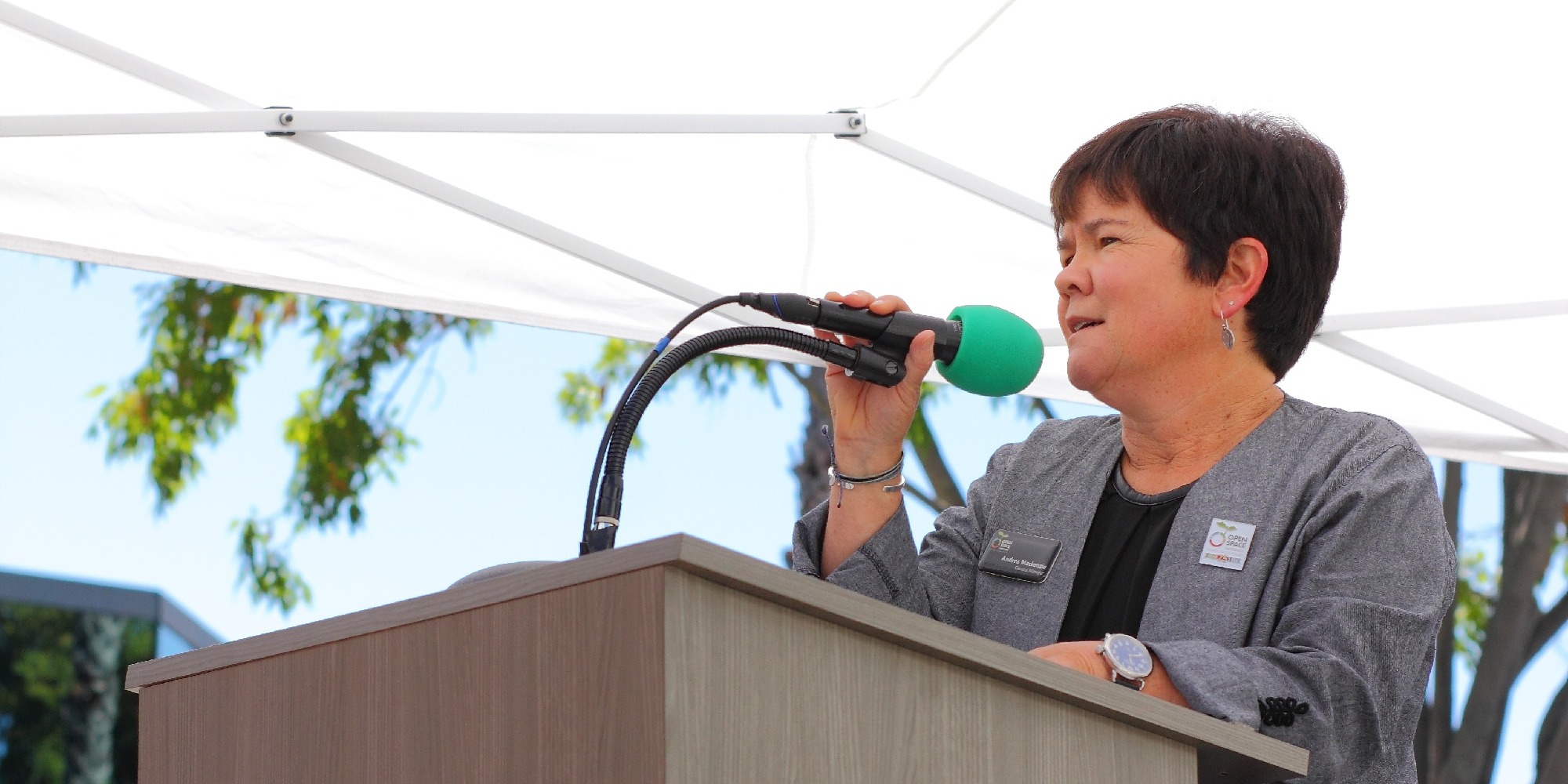Another Win for Agriculture in Santa Clara County
79 acres of important farmland permanently protected in San Martin
The Santa Clara Valley Open Space Authorityhas purchasedan Agricultural Conservation Easement (ACE) for 79 acres of important farmland, locatedin a priority conservation area off Monterey Highway in San Martin. The farmland, initially anticipated to become a residential subdivision, has been in agricultural production for over 55 years, and is now permanently protected for agricultural use.
Message from the General Manager
Dear Friends,
We are only one month into 2024 and already there is much to celebrate!
Keep reading for the full February update from Andrea Mackenzie, the General Manager of the Santa Clara Valley Open Space Authority!
Why Become an Open Space Authority Volunteer?
Message from Gavin Comstock, Volunteer Program Administrator
Recently, I had a great conversation with a friend exploring when it was that we first experienced a “moment of wonder” in nature. Surprisingly, I had to dig deep to identify exactly when the hook was set. Growing up in a family that did a lot of things outside, but not necessarily camping, my formative experiences are characterized as much by people as by place. As much as the outdoors was the setting, it was a combination of personalities, places, and attitudes that informed my enjoyment. It was not until my early twenties and my participation in a semester long NOLS course (National Outdoor Leadership Schools) in the desert southwest that I found myself slack jawed at the surreal beauty of nature. Ultimately, our conversation wound its way from what formed our love of nature to considering why we still prioritize time outdoors, with others or alone.
The Monarch Butterfly's Mysterious Decline: What You Can Do to Help
Just over twenty years ago, Monarch butterflies, one of the most charismatic and widely recognized butterfly species, lived in abundance across the United States. Often symbolizing spirituality and hope, these creatures have long been a source of wonder among us and, at the same time, have been a great source of mystery. With complex and largely unknown migratory patterns, unique life cycles, and elusiveness around humans, Monarchs have intrigued researchers for years. At the start of this year, that intrigue mounted. What once was a yearly population count in excess of 1.2 million towards the turn of the century, has since dropped to a far lower threshold of roughly 30,000. Following this already concerning decline, the 2020 count was much worse than anyone could have anticipated: a staggering 1,914 butterflies.
Cities of the Future: New Report Highlights Green Urban Planning
The impacts of climate change are intensifying rapidly and as populations continue to grow, there is an increasing need to make our cities more adaptable to the needs of the future.
The Season of Gratitude at the Open Space Authority
With Thanksgiving right around the corner, now is as good a time as any to take a minute to reflect on everything we have to be grateful for, whether it’s nature or family, food or shelter, or simply the air we breathe.
Nature’s Recovery and Resilience
By Andrea Mackenzie, General Manager
On August 16, 2020, a thunderstorm that produced thousands of lightning strikes ignited a series of fires in San Mateo and Santa Cruz counties that merged to become the CZU Lightning Complex Fire, burning 86,509 acres in the Santa Cruz Mountains, destroying 1,490 structures, and causing extensive damage to protected natural areas and historic resources in Big Basin State Park, Butano State Park, and San Vicente Redwoods.
Open Space Authority Funds New Projects to Connect Communities to Nature
“Who do you serve?”
With concerted efforts to provide equitable access to nature for the Authority’s entire jurisdiction, this question was one asked frequently throughout the review process for the 2019-2020 cycle of the Open Space Authority’s Urban Grant Program.
Urban Grant Program Awards over $200,000 in Measure Q Funds
San Jose, CA (September 28, 2020) - The Santa Clara Valley Open Space Authority’s Board of Directors has awarded $206,324 in Measure Q grant funding to five nonprofits and a school district as part of the Small Grants category for the 2020 cycle of the Urban Grant Program. The Urban grants fund a variety of programming, including environmental education on the topics of food and agriculture, as well as environmental stewardship, with the goal of providing access to nature within the urban areas.
Inspiring Conservation: General Manager Andrea Mackenzie Named One of 2020’s “Women of Influence”
Earlier this year, the Santa Clara Valley Open Space Authority’s General Manager, Andrea Mackenzie, was named as one of the top 2020 “Women of Influence” by the Silicon Valley Business Journal.
Categories
Recent Posts
- Celebrating Healthy Soils Week
- Coyote Valley Photo Contest: Meet the People's Choice Winner!
- The Negative Impacts of Illegal Dumping
- A Silent Spring?
- Staff Spotlight: Matt Freeman
- Another Win for Agriculture in Santa Clara County
- Message from the General Manager
- Wildlife Grammy Awards
- Honoring Dr. King's Environmental Legacy
- Wildlife Thesaurus: Top 10 Native Animals with Nicknames
